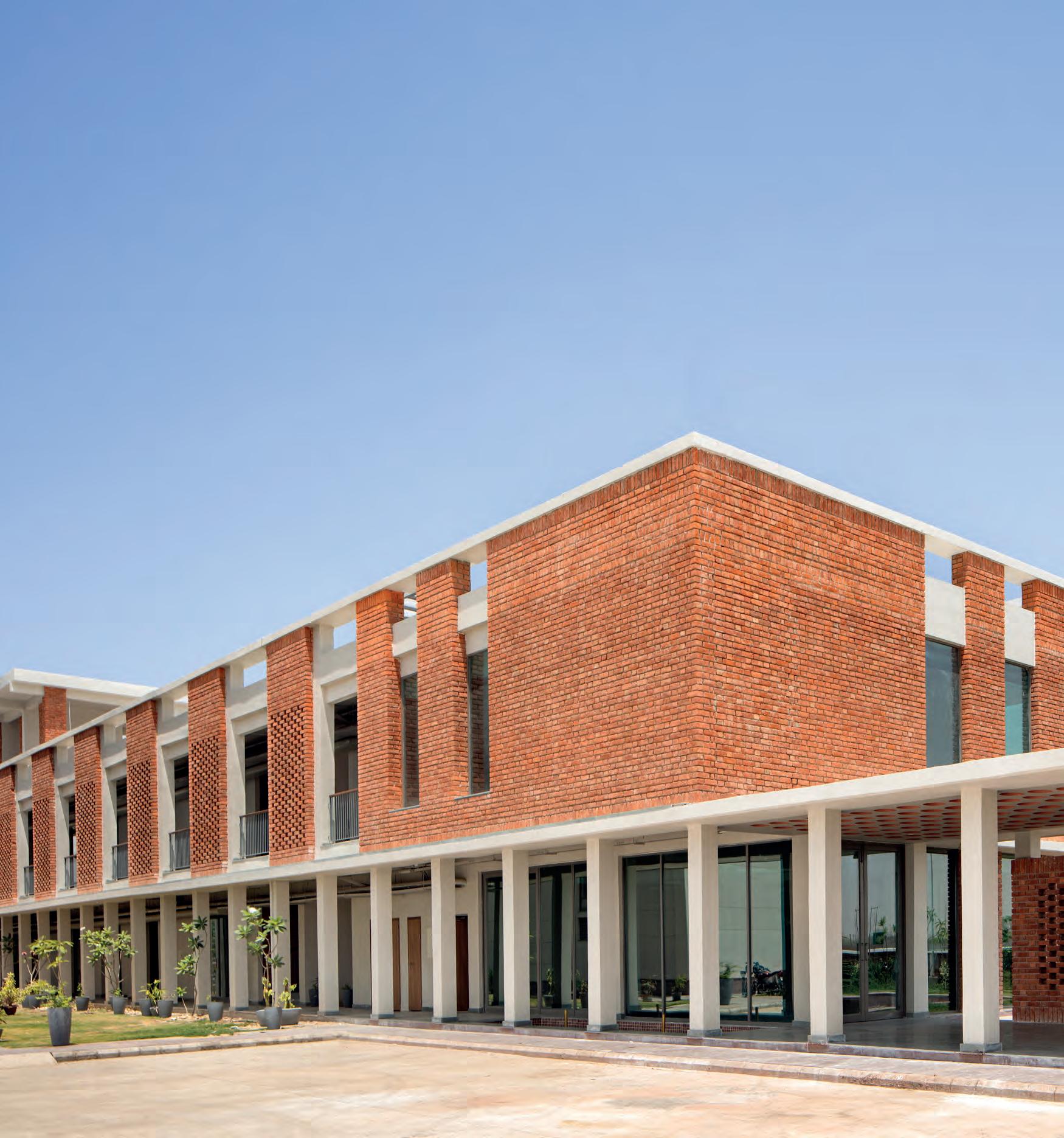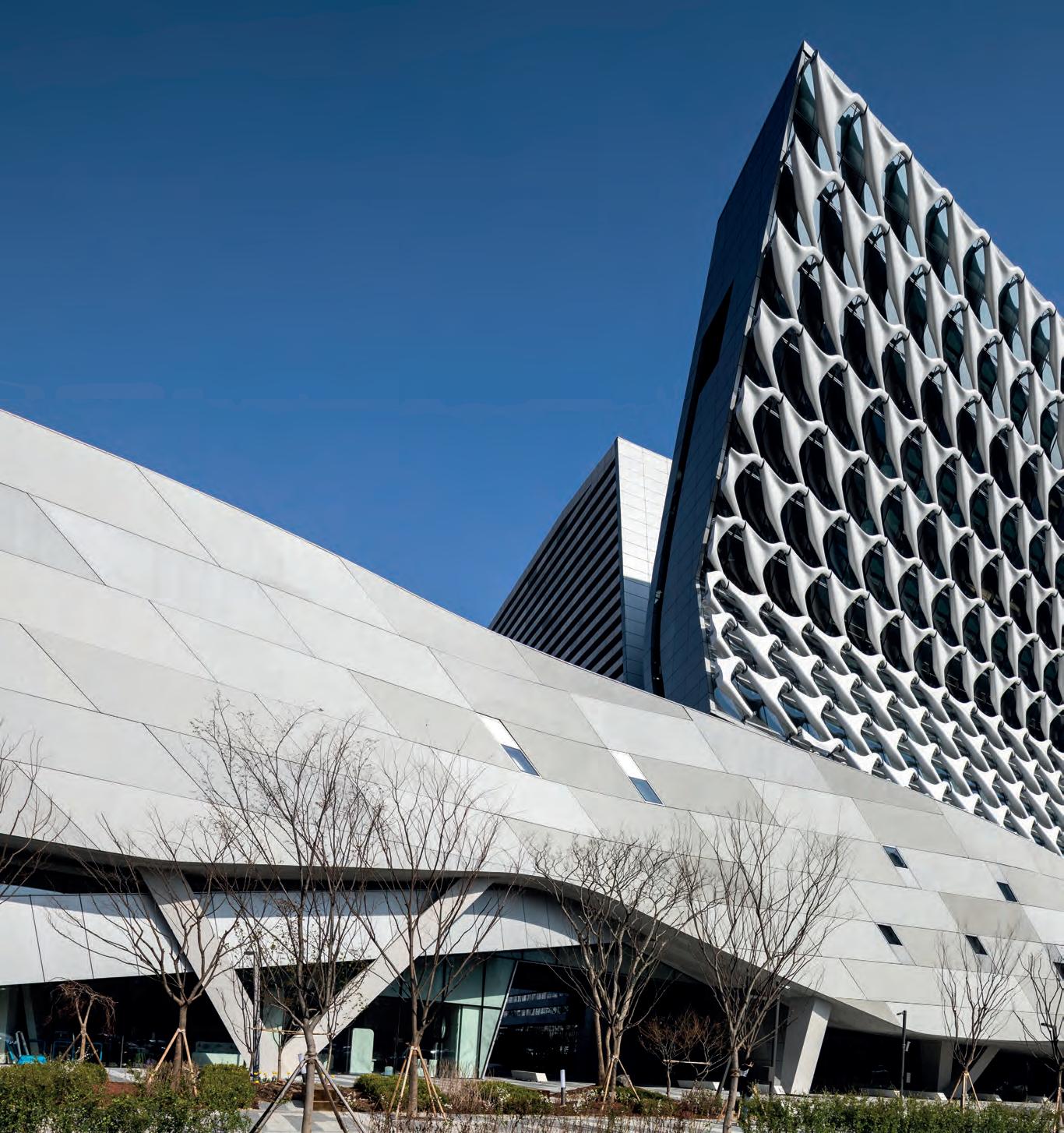MECHANICAL, ELECTRICAL & PLUMBING SYSTEMS
Smart HVAC cloud-computing solutions for a changing world Text by Rohit Mohindra, Lead System Architect for the Building Services and Performance Management Team, Armstrong Fluid Technology. Photos courtesy of Armstrong Fluid Technology. The profound impact of the COVID-19 pandemic on the HVAC industry is being felt by all of us in the HVAC industry. The current challenges and threats h av e b e e n w e l l d o c u m e n te d a n d , unfortunately, will continue to evolve over the coming days, weeks and months. However, as with many tragic events, there can be positive changes that come from this tragedy. One of these positive changes will be the more rapid development and deployment of smart HVAC systems and remote asset management solutions.
Data and solutions to building owners Although the development of t e c h n o l o g i e s f o r s m a r t e r, m o r e connected buildings has been underway for some time, it is now being accelerated by the need for social distancing and remote working conditions. It is now more critical than ever that HVAC systems learn, predict and optimize so they can provide critical data and solutions to building owners and other HVAC professionals remotely before problems occur. And, once potential problems or c h a l l e n g e s a re i d e n t i f i e d , ex p e r t s must be able to communicate digitally with technicians onsite in real time to provide virtual assistance and troubleshooting. How can we accomplish this task under such difficult conditions? Different manufacturers offer a variety of solutions. At Armstrong Fluid Technology, we call it Active Performance Management.
“The technology can detect dead-heading, excessive heating, broken coupling, cavitation, excessive vibration.” - Rohit Mohindra
70
MEP.indd 70
SEAB
Active Performance Management A t i t s h e a r t , A c t i v e Pe r f o r m a n c e Management is a new approach to maximising performance in building systems through a combination of actively seeking system insights and applying those to improved performance. The technology aspect consists of connecting intelligent pumps with other critical HVAC components via cloud-computing to provide critical diagnostic analytics to building owners and managers through a neuro network. This allows the system to learn, predict and optimise in real time so it can alert building managers to potential issues and predictive maintenance needs well before they become a pressing problem. Th e te c h n o lo g y c a n d e te c t d e a d heading, excessive heating, broken coupling, cavitation, excessive vibration and many other potential issues before they become costly problems. Equally important, it tracks such important operating efficiency data as energy savings, CO2 savings and much more. Over time, HVAC systems experience ‘operational drift’ as various components begin to operate less efficiently. This ‘drift’ can result in 3040 percent wasted energy. By detecting and even predicting when this drift may begin to occur we can maintain peak
performance and achieve significant energy and cost savings.
“Digitization, digitalization via cloud computing, HVAC and building systems will exchange data, leading to smart building.” - Rohit Mohindra Fifth Wave of Technology We b e l i e v e t h e H VAC i n d u s t r y i s experiencing a Fifth Wave of Technology that is being fueled by the COVID-19 p a n d e m i c . T h i s F i f t h Wav e i s t h e decentralization of decision making which consists of adding ‘brains’ to equipment at all levels (pumps, heat exchangers, valves, etc.) to enable cross communications and create the neuro network mentioned previously. By providing a higher authority to lower-level equipment, the analytics and decision-making process is distributed t h ro u g h o u t t h e l a rg e r g ro u p . T h i s augments a building’s BAS system and provides combined brain power with more accurate data.
SEPT-OCT 2021
18/8/21 11:01 AM










